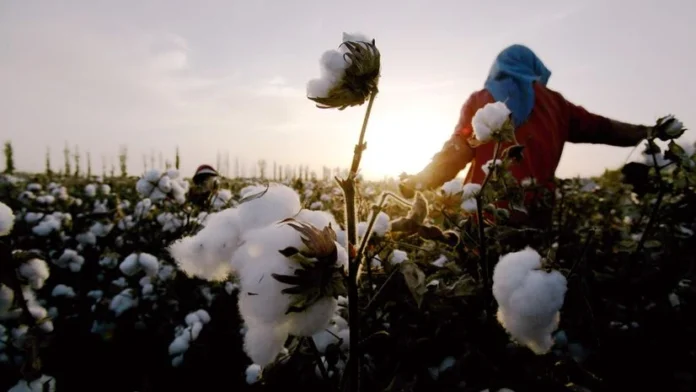India announced the removal of the 11% customs duty and Agriculture Infrastructure and Development Cess (AIDC) on cotton imports, effective from August 19 to September 30, 2025. This temporary measure, issued by the Central Board of Indirect Taxes and Customs (CBIC), is seen as a strategic gesture to ease trade tensions with the United States, which imposed a 50% tariff on Indian exports due to India’s oil trade with Russia. The decision, reported by sources like Mint and The Straits Times, aims to address domestic supply constraints, stabilize yarn prices ahead of the festival season, and enhance the competitiveness of India’s garment industry. This article explores the details of the duty removal, its implications for India’s textile sector and US trade relations, and the challenges and opportunities it presents.
Details of the Duty Removal
The Indian government’s decision to exempt cotton imports from duties includes the following key points:
-
Scope and Duration: All imports under tariff heading 5201 (raw cotton) are exempt from the 11% duty, comprising 5% basic customs duty, 5% AIDC, and 1% social welfare surcharge, from August 19 to September 30, 2025.
-
Objective: The move addresses domestic cotton supply shortages, with industry bodies like the Confederation of Indian Textile Industry (CITI) flagging risks of rising yarn prices impacting textiles.
-
Trade Context: The exemption responds to US demands for better market access, following a 25% tariff on Indian exports effective August 7, 2025, and an additional 25% set for August 27, 2025, linked to India’s Russian oil purchases.
-
Industry Support: CITI welcomed the temporary relief, with Secretary General Chandrima Chatterjee noting it aligns domestic cotton prices with global levels, though she emphasized the need for an extension beyond September.
Economic and Strategic Implications
The duty removal has significant implications for India’s textile industry and US trade relations:
-
Textile Sector Relief: By allowing duty-free cotton imports, the government aims to stabilize raw material prices, particularly ahead of the festival season when garment demand spikes. This supports India’s $100 billion textile export target by 2030.
-
Trade Diplomacy: The move is a “calibrated gesture” to ease tensions with the US, India’s largest textile export market, accounting for $5.36 billion in exports in the first half of 2024, up 12% year-on-year.
-
Competitiveness Boost: Lower cotton prices enhance the competitiveness of Indian garment exporters facing a 50% US tariff, compared to 20% for Bangladesh and Vietnam and 30% for China.
-
Domestic Supply Needs: With domestic cotton production at a 15-year low and tight availability, duty-free imports address supply chain pressures, as highlighted by industry executives.
Challenges
The decision faces several challenges:
-
Temporary Nature: The short 42-day exemption window limits long-term planning, with industry officials urging an extension beyond September 30, 2025.
-
US Tariff Impact: The 50% US tariff continues to strain exporters, with some halting shipments or exploring overseas manufacturing, challenging India’s “Make in India” initiative.
-
Domestic Farmer Concerns: Duty-free imports could depress local cotton prices, impacting farmers, though CITI argues the tariff does not significantly benefit growers.
-
Trade Negotiations: The temporary measure may not fully resolve US concerns, requiring further concessions in ongoing bilateral talks to address tariff disparities.
Opportunities
The duty removal presents several opportunities:
-
Strengthened US Relations: The exemption could pave the way for broader tariff concessions, fostering goodwill in trade negotiations, as suggested by apparel exporters.
-
Cost Reduction: Duty-free imports align domestic cotton prices with global levels, reducing input costs for yarn and garment manufacturers, enhancing export competitiveness.
-
Market Diversification: As US tariffs push exporters to explore new markets, initiatives like BharatTradeNet and e-commerce export hubs could accelerate global outreach.
-
Industry Growth: The relief supports India’s textile sector, employing millions, and aligns with recent reforms like GST slab rationalization, boosting MSME competitiveness.



